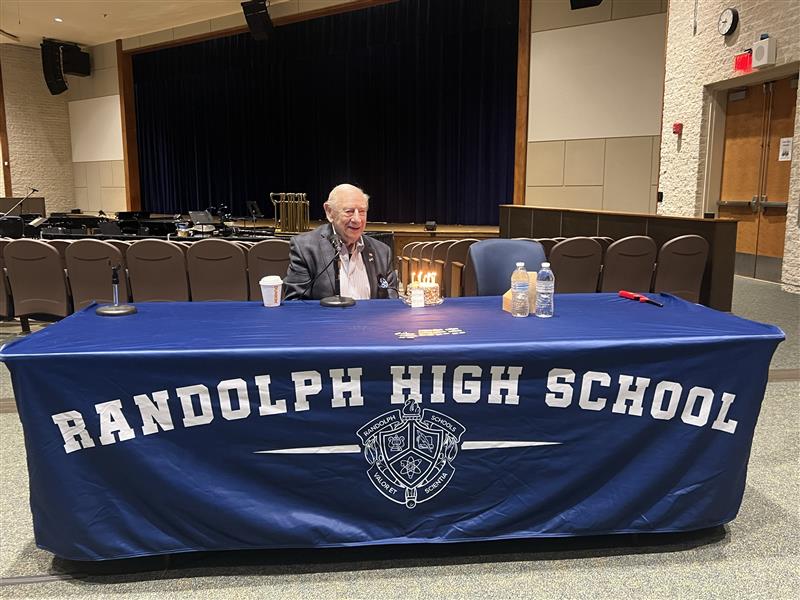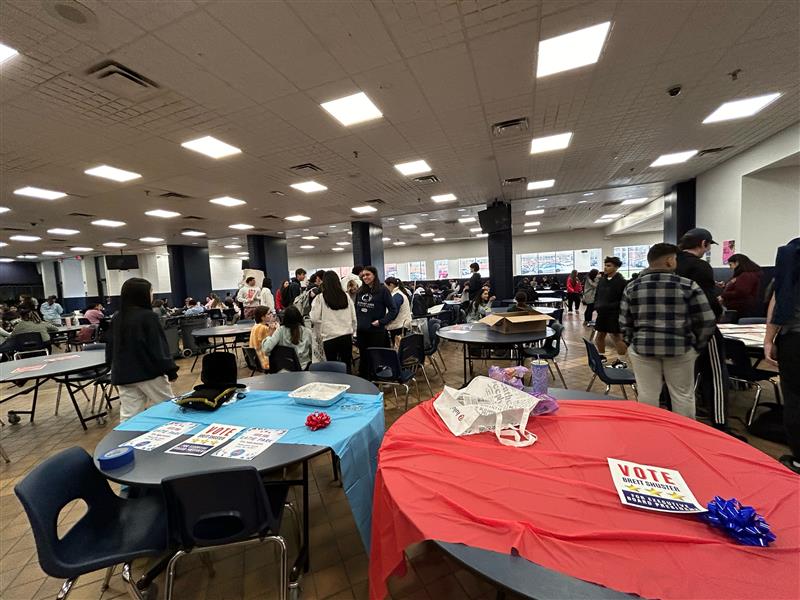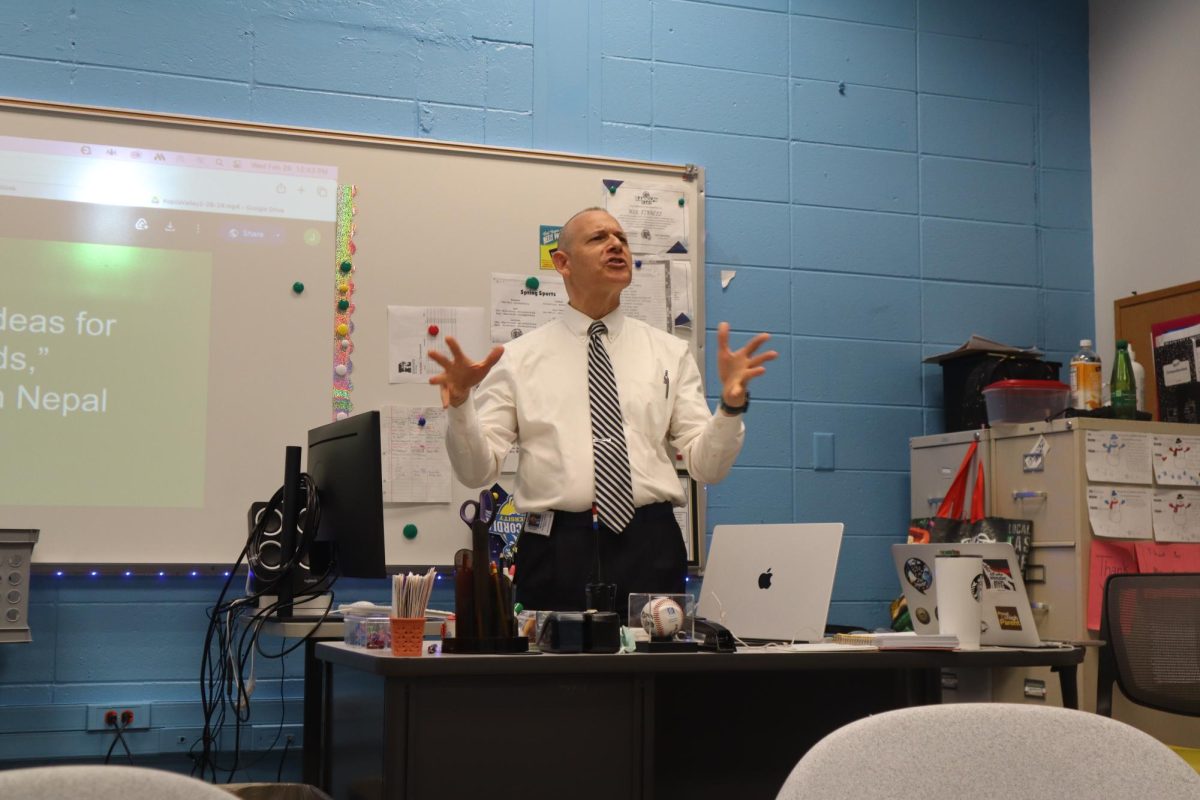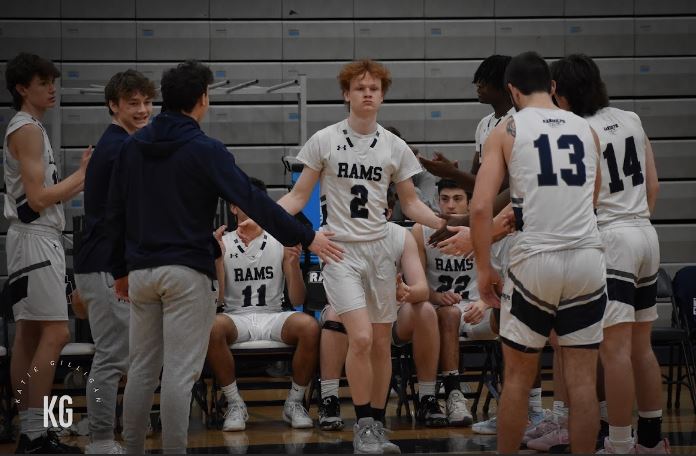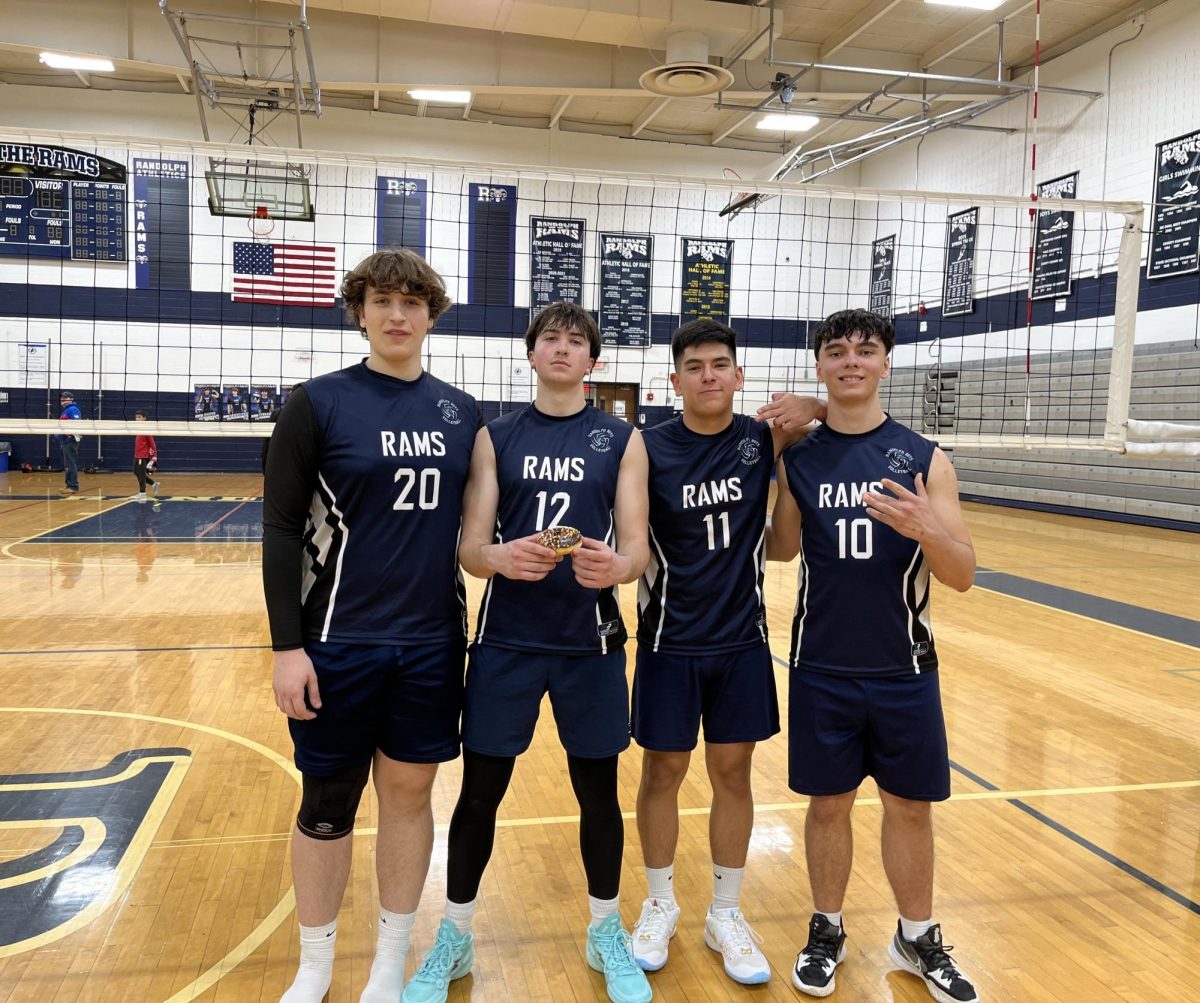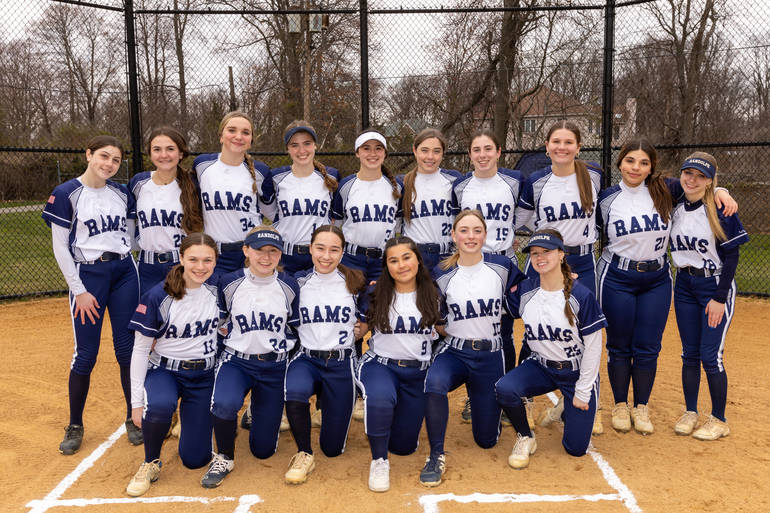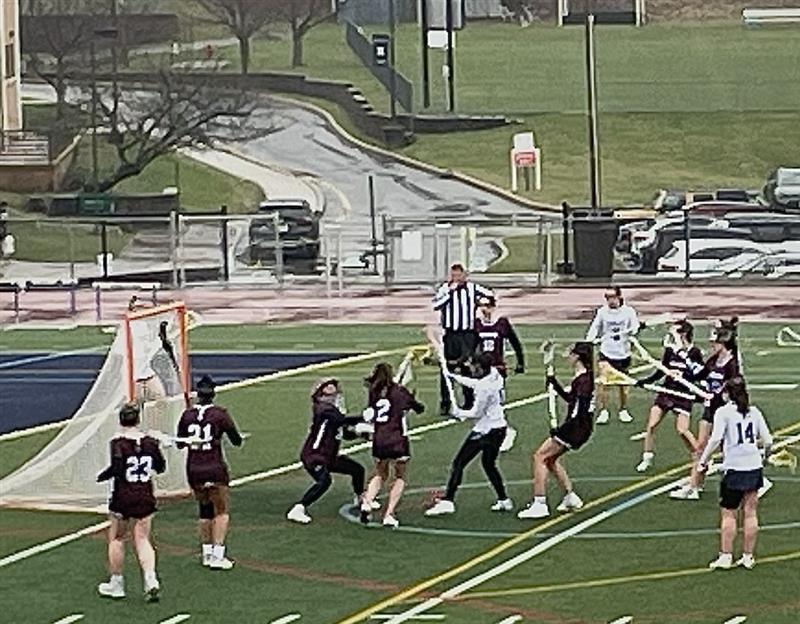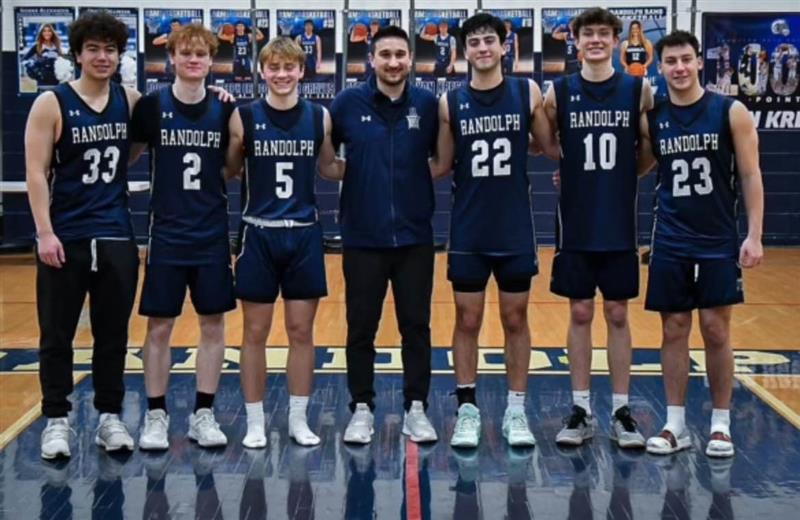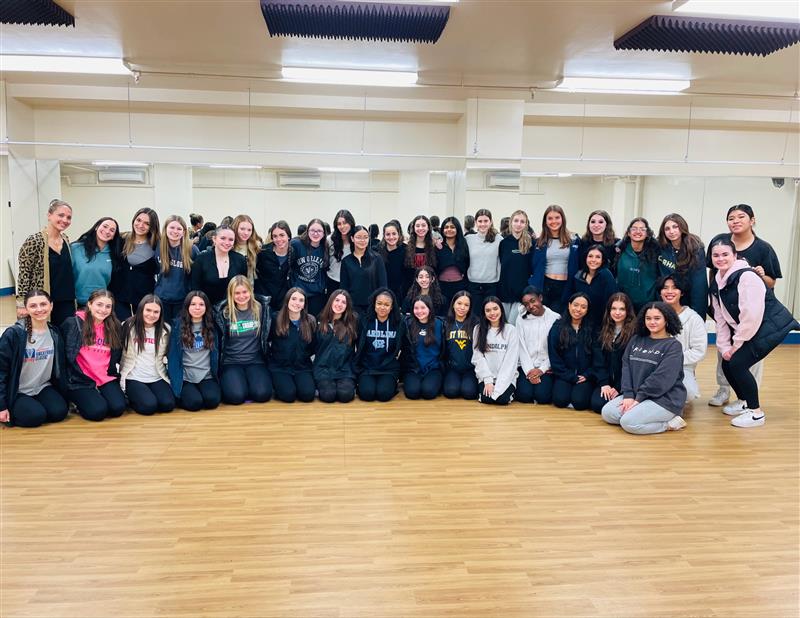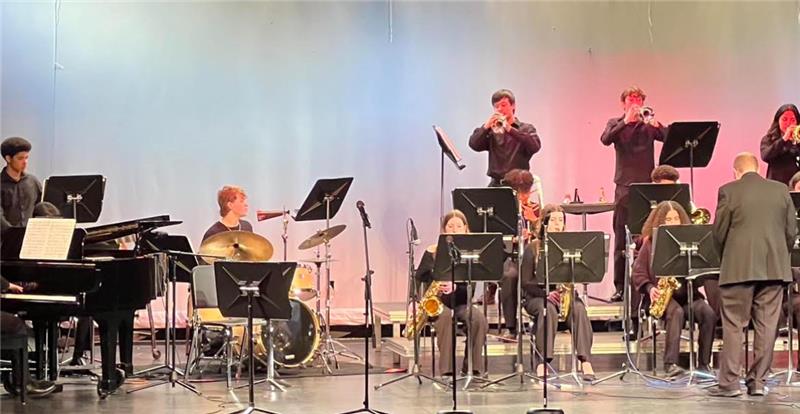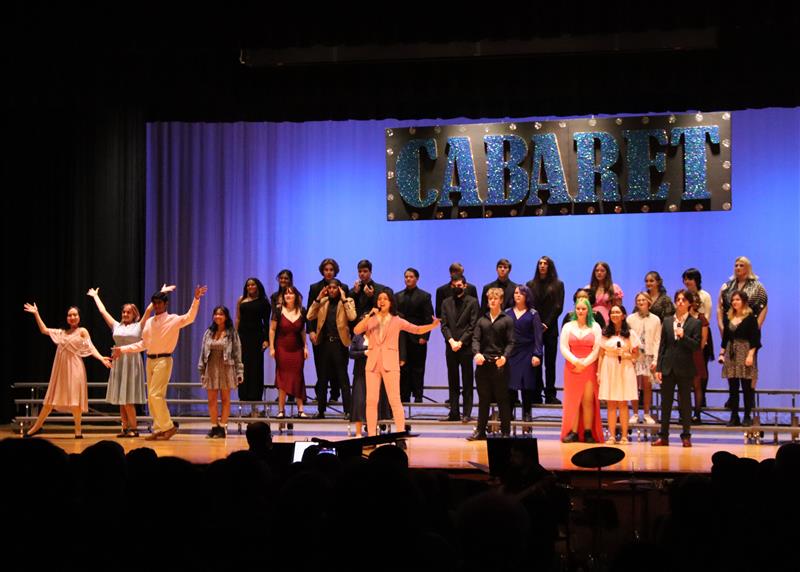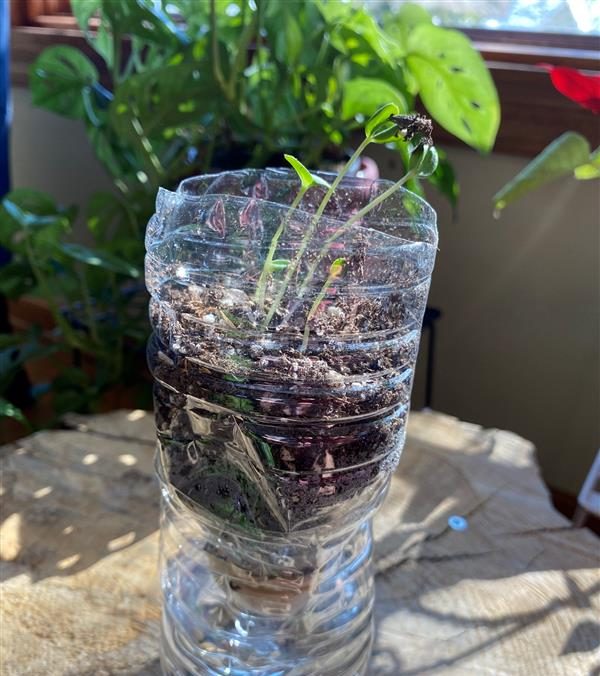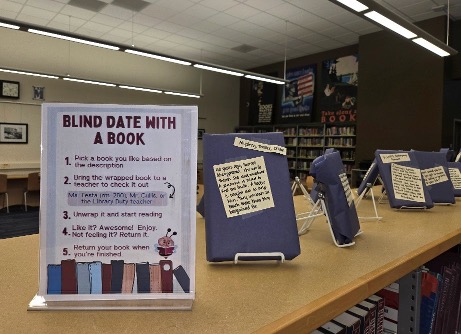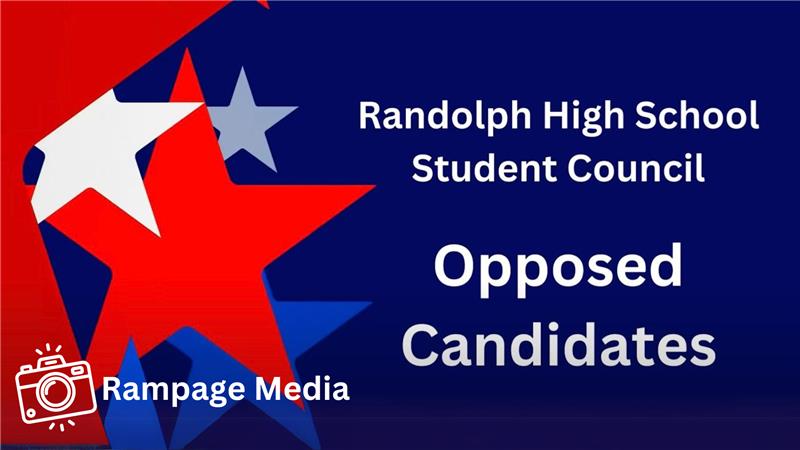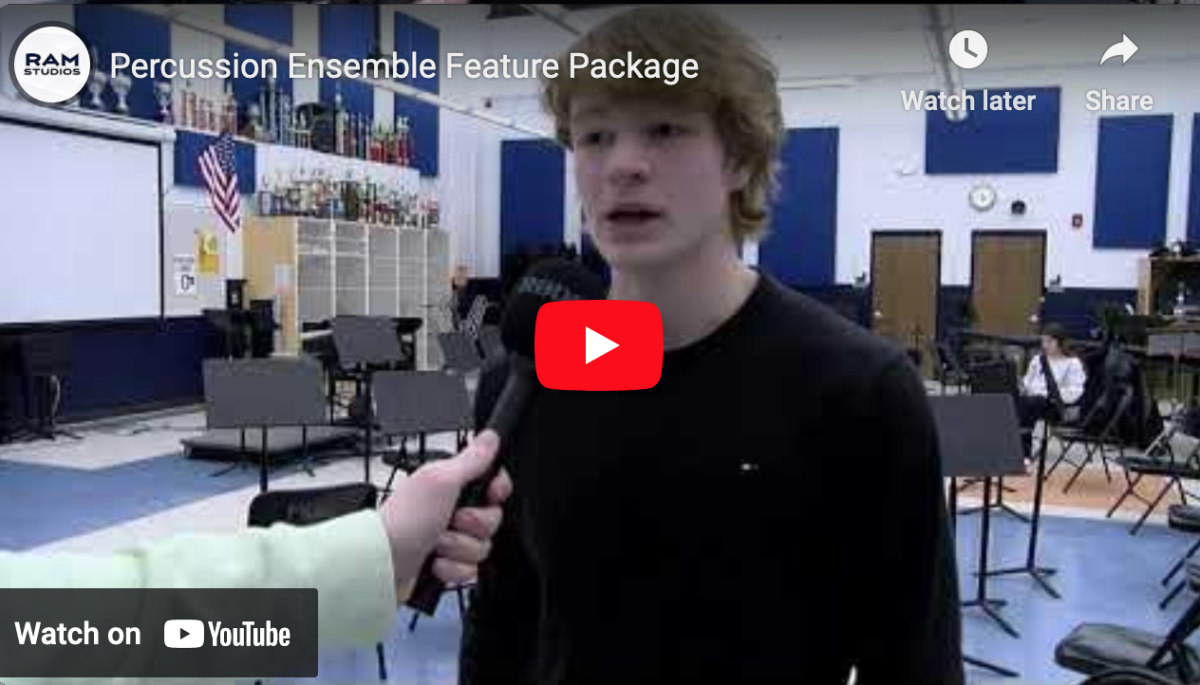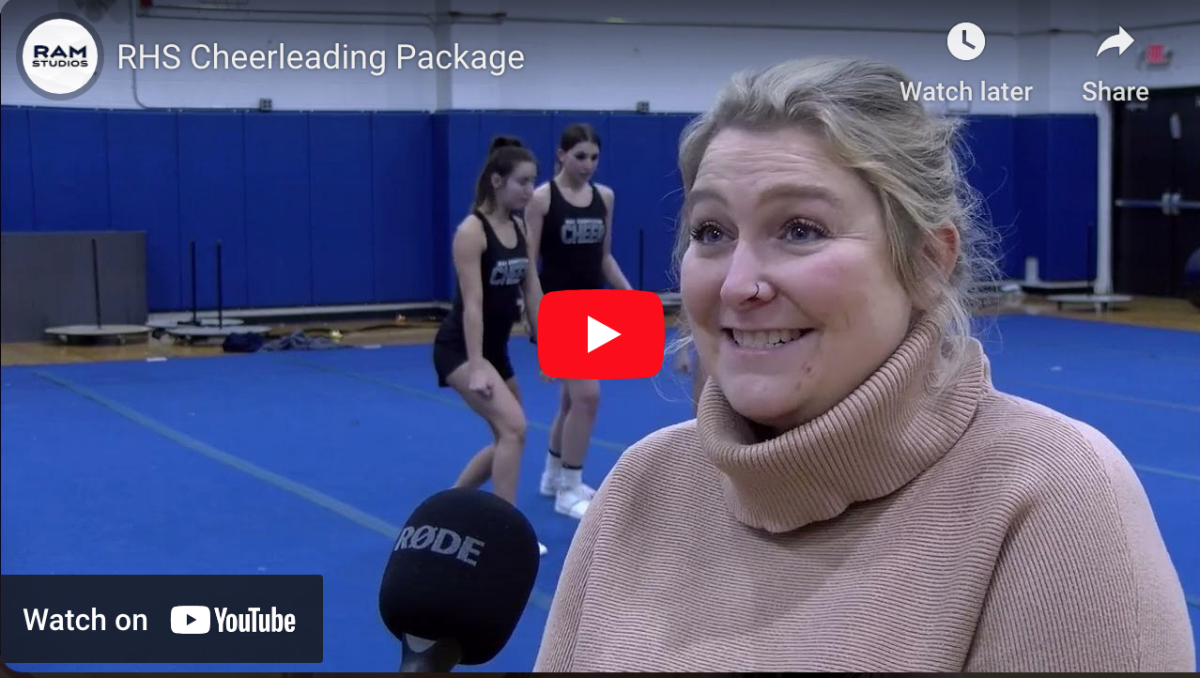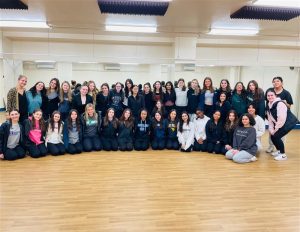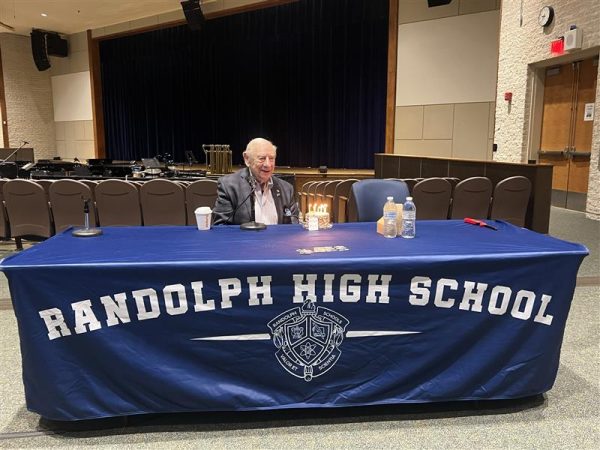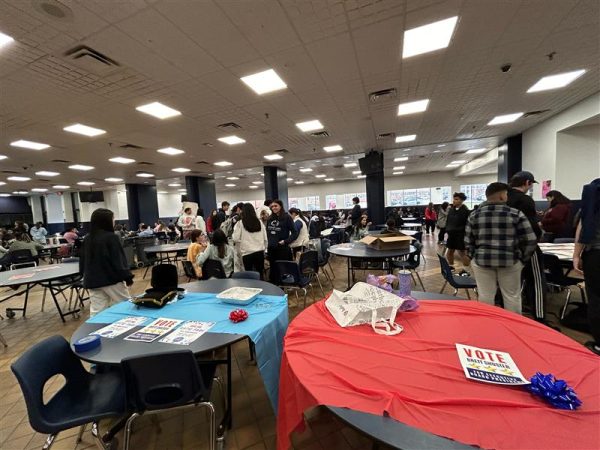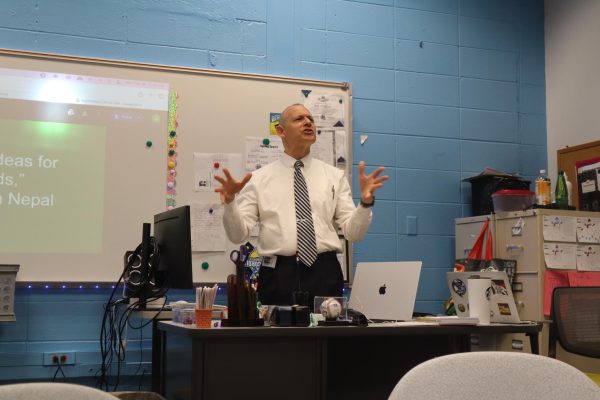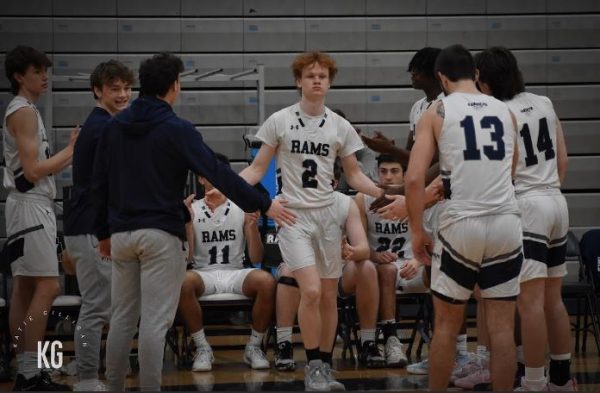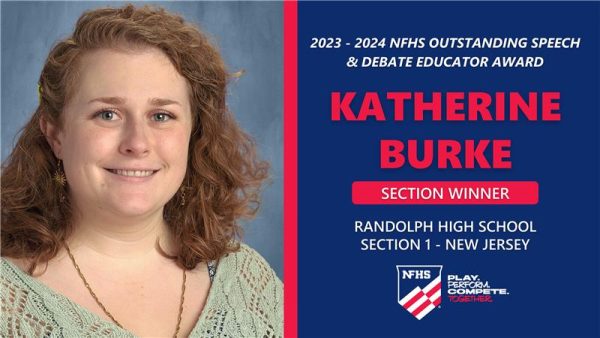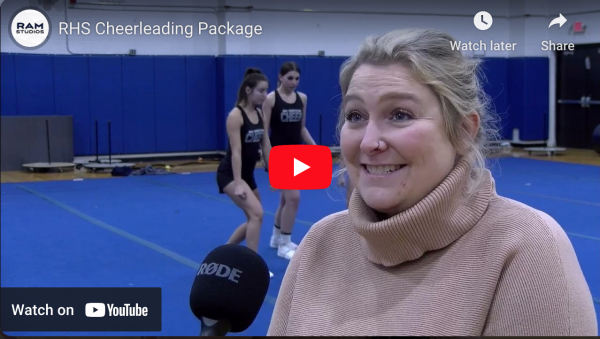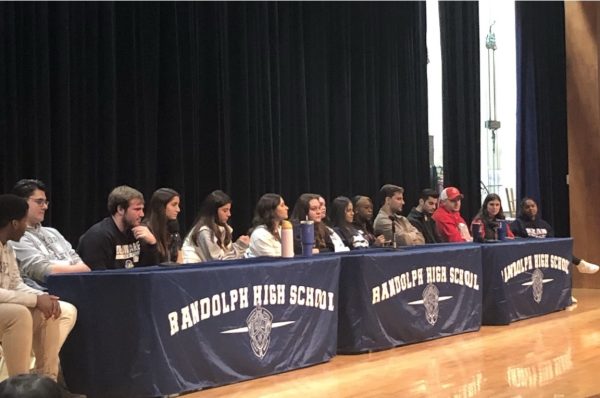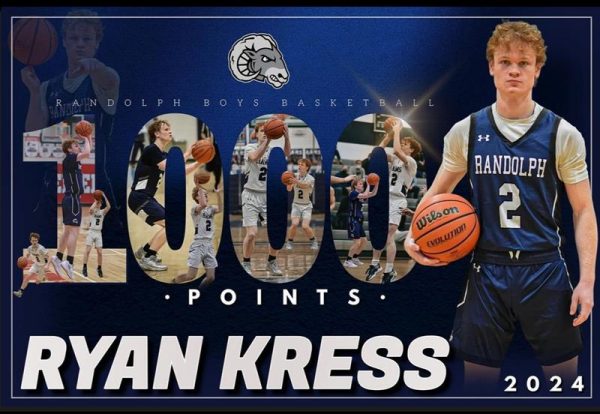Rampage Staff Announces Historic Launch of Student-Run Website
Editors-in-Chief Emily Gibb and Jonah Perelman are leading the inaugural staff in the launch of the electronic version of Rampage, a digital first in the history of the high school.
December 18, 2022
Rampage reporters and editors are proud to announce the launch of “Rampage: The Student-Run News Site of Randolph High School,” publishing the inaugural story on Dec. 2, 2022. The debut of the website, which is accessible at randolphrampage.com, marks the first time that student-generated news has been delivered to readers in a digital format in the history of the high school. The news site replaces the prior quarterly print newspaper.
“Taking Rampage online opens up a lot of opportunities for the student journalists here,” said Janice Finnell, the Rampage advisor, who also teaches journalism at the high school. “There’s so much going on at the high school, so with a live website like this one, the staff can cover more news in a timelier way. Editorially speaking, there’s an overall shift toward breaking news instead of quarterly updates; staff can also publish daily updates, including sports game results.”
Going online also gives “student journalists more opportunities for college and career readiness should they choose to pursue journalism after graduating from RHS,” Finnell added. In fact, college publications, the next step for many of Rampage’s aspiring journalists, seek out incoming reporters and editors who have digital literacy skills, including website management and multimedia creation. Having a digital publishing platform means that Rampage contributors can now expect to gain experience with these essential skills before attending college.
Another benefit of going digital is that staff can link their Rampage content to their electronic resumes, for college or job applications. A simple click on a staff reporter or editor’s byline, which is a hyperlink, takes readers to a new page where all of that student’s content is displayed, in addition to a head shot and staff bio.
Trends in high school journalism have pointed to the benefits of going on line for years. According to a 2021 Pew Research Center survey, only 3 percent of U.S. adults ages 18-29 prefer to get their news from print publications, while 77 percent of this age group said they prefer to get news digitally, the highest percentage for any news platform.
In fact, the majority of student-generated high school and college news is now delivered online, for editorial as well as cost-cutting reasons. The New York Times, among other publications, long ago reported that the “ink-and-broadsheet legacy” of high school newspapers was “rapidly fading.” (“At High School Newspapers, the Ink Is Drying Up,” May 27, 2013), as more and more high schools moved their news online. With these trending stats in mind, the majority of Rampage staffers agreed that it was time they stepped into the digital future of high school journalism as well.
In its new digital format, Rampage is organized into six sections: news, sports, arts, campus life, opinion, and multimedia. The multimedia section marks the first time Rampage staff have had the ability to publish student-produced videos, news and feature packages as well as podcasts. At press time, multimedia editor Carly Ellermeyer had several videos in production, and she was immersed in the complex process of editing them with her media team.
“Going digital is a huge undertaking,” Finnell said, “and I’m so grateful to have such a top-notch editorial staff working so hard to make it happen. The student journalists are going all in to make their news site really great.”
Among the noteworthy inaugural staff are Editors-in-Chief Emily Gibb and Jonah Perelman. They stressed that anyone was welcome to join the Rampage staff, regardless of prior experience, and begin contributing articles, and that aspiring student journalists could easily contact them through Teams.
Gibb and Perelman said they expected that, once the editorial flow was well established, new content would be published every few days across all six sections. This would allow interested readers—including students, staff, parents, guardians and even the general public—to engage with the latest developments in the RHS community on a more frequent basis.

